)
Departments
Vent-A-Hood
Why We Love Vent-A-Hood
For more than 87 years, Vent-A-Hood has maintained its specialization in kitchen ventilation, achieving the prestige of being known as the definitive home kitchen ventilation brand in the appliance industry. The quality and craftsmanship are loved by builders, designers, and even homeowners.
Vent-A-Hood Features
- Leader for more than 87 years
- 200 Custom Built Range Hoods
- Many items in-stock & ready to ship
Popular Categories
Popular Categories
Vent-A-Hood Best Sellers
Vent-A-Hood Learning Center
) How to Buy Outdoor Vent Hoods & BBQ Island Ventilation | Buying Guide
How to Buy Outdoor Vent Hoods & BBQ Island Ventilation | Buying Guide) Benefits of Outdoor Ventilation
Benefits of Outdoor Ventilation) Vent Hood Comparison Chart
Vent Hood Comparison Chart)
)
)
)
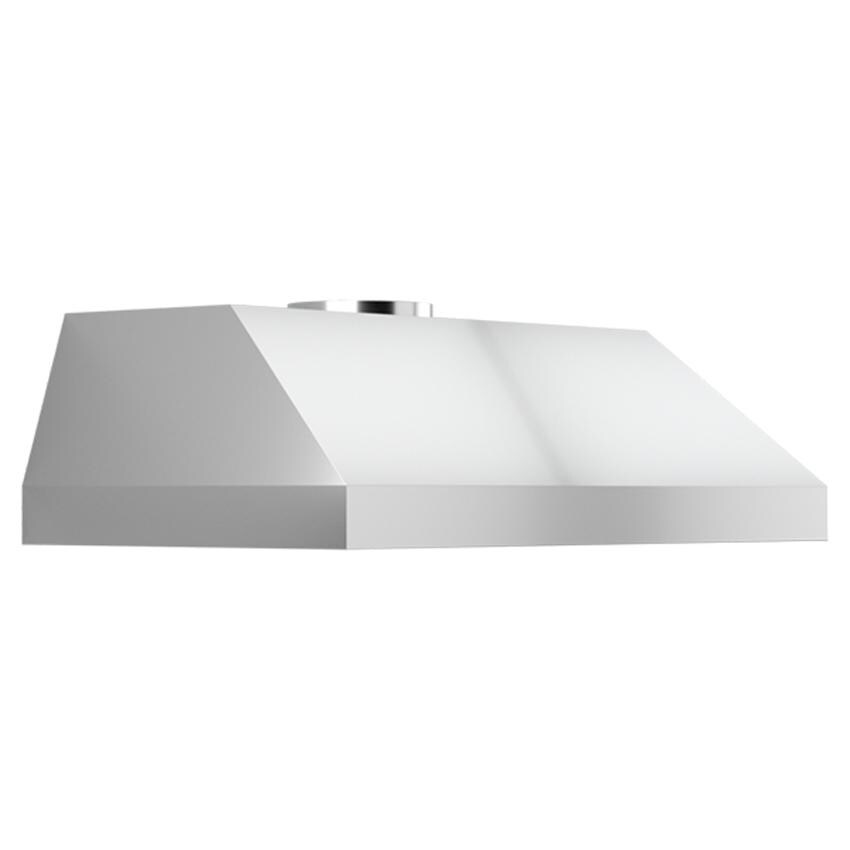)
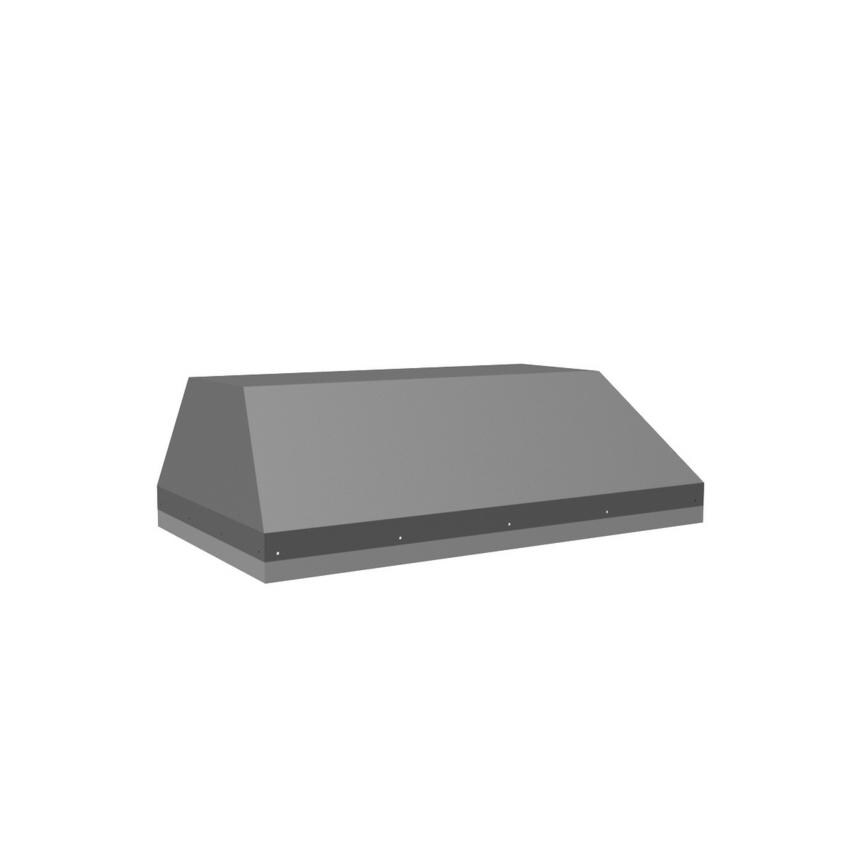)
)
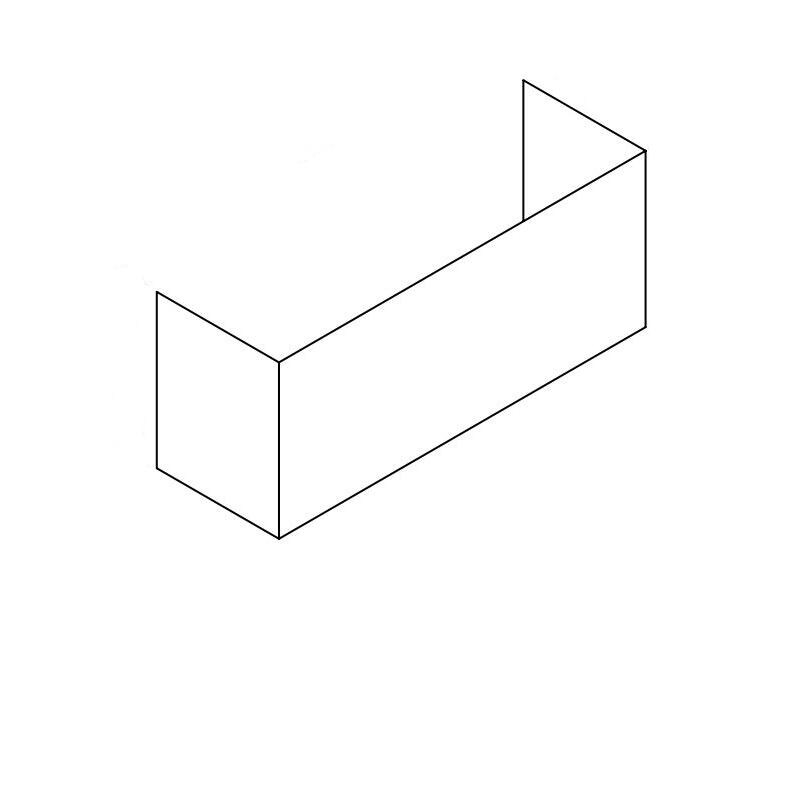)
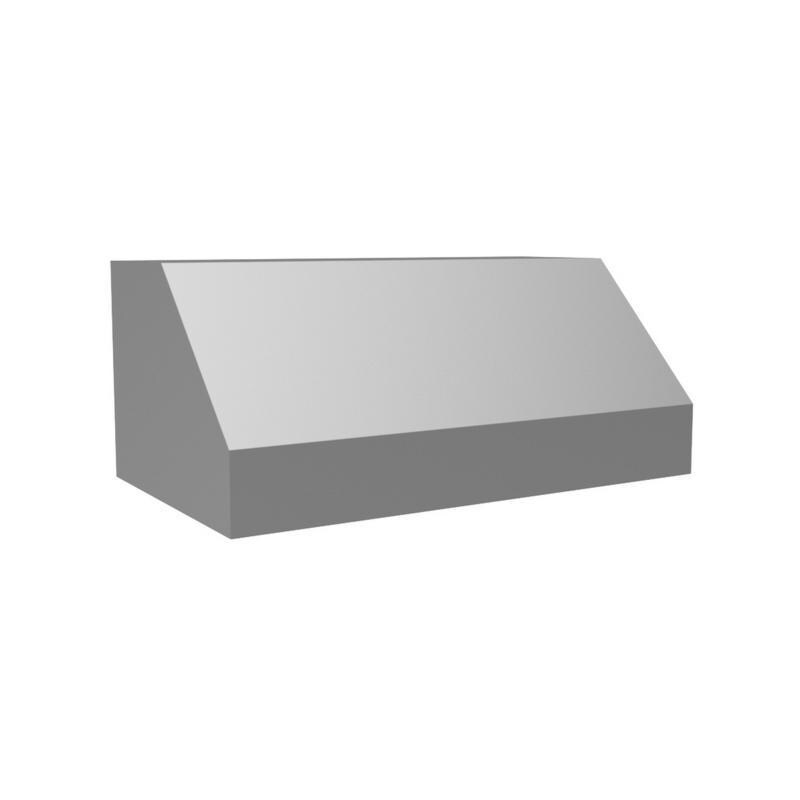)
)
)
)
)
)
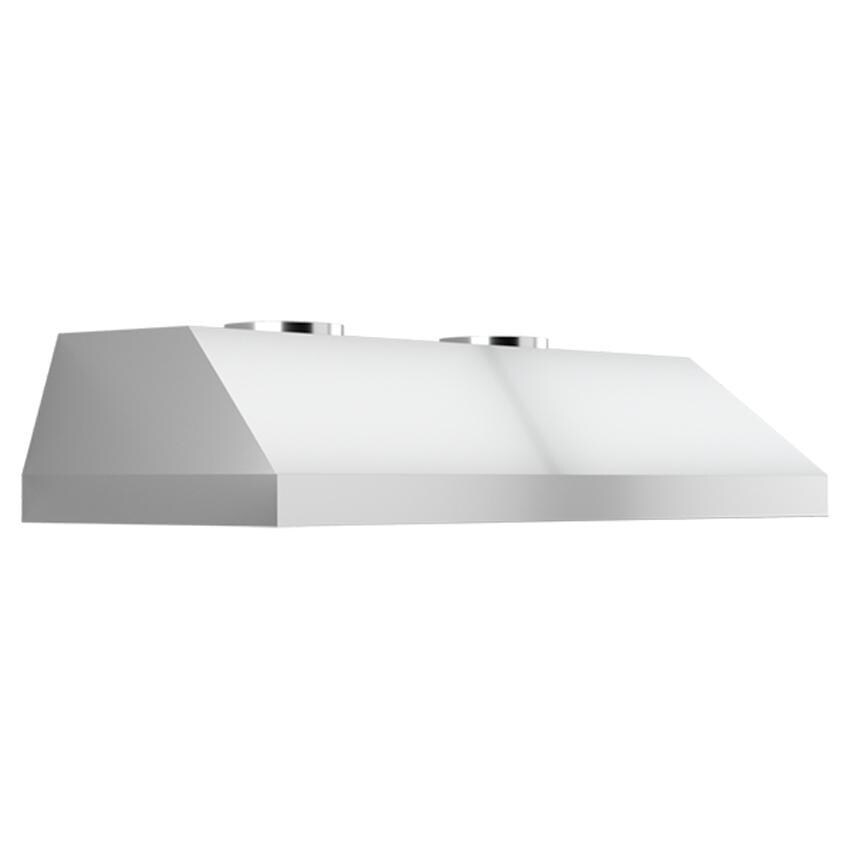)
)

